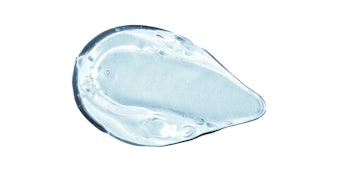
Recent deaths and serious complications associated with the increasingly popular Brazilian Buttock Lift Procedure (BBL) have prompted the American Society for Aesthetic Plastic Surgery (ASAPS) to form a task force to examine the causes behind these complications and help educate physicians on best practices.
The ASAPS notes that to-date, autopsy reports reveal that all deceased BBL patients have had specific findings in common, including:
1. Fat in the gluteal muscles
2. Fat beneath the muscles
3. Damage to the superior or inferior gluteal vein
4. Massive fat emboli in the heart and/or lungs
Further, ASAPS has identified factors that added additional risk to the procedure as well as those that proved to be protective and/or preventative. These findings have led to the adoption of the following recommendations:
1. Avoid injecting fat into the deep muscle. No deaths have occurred with fat found only in the subcutaneous plane (under skin but over muscle).
2. Avoid gluteal veins and the sciatic nerve. Fat should only be grafted into the superficial planes with the subcutaneous space considered safest.
3. Use a >4.1mm single hole injection cannula and instrumentation that offers control, avoiding bendable cannulas and mobile luer connections. Vibrating cannulas may provide additional tactile feedback.
4. Avoid downward angulation of the cannula.
5. Position patient and place incisions to create a path that will avoid deep muscle injections.
6. Maintain constant three-dimensional awareness of the cannula tip.
7. Only inject when the cannula is in motion to avoid high-pressure bolus injections.
8. Consider pulmonary fat embolism in unstable intra- and post-operative patients.
9. Review gluteal vascular anatomy and draw landmarks to identify and avoid injection into the pedicle.
10. Include risk of fat embolism and surgical alternatives in the informed consent process.
The task force is conducting additional research in the form of anatomic studies via cadaver labs, injectable dye studies with ultrasound and fiberoptic equipment, cannula testing, injection depth testing and specific site injection testing. Once those results are finalized, a comprehensive set of guidelines for the procedure will be submitted for publication in the major clinical journals.
Image copyright Getty Images











